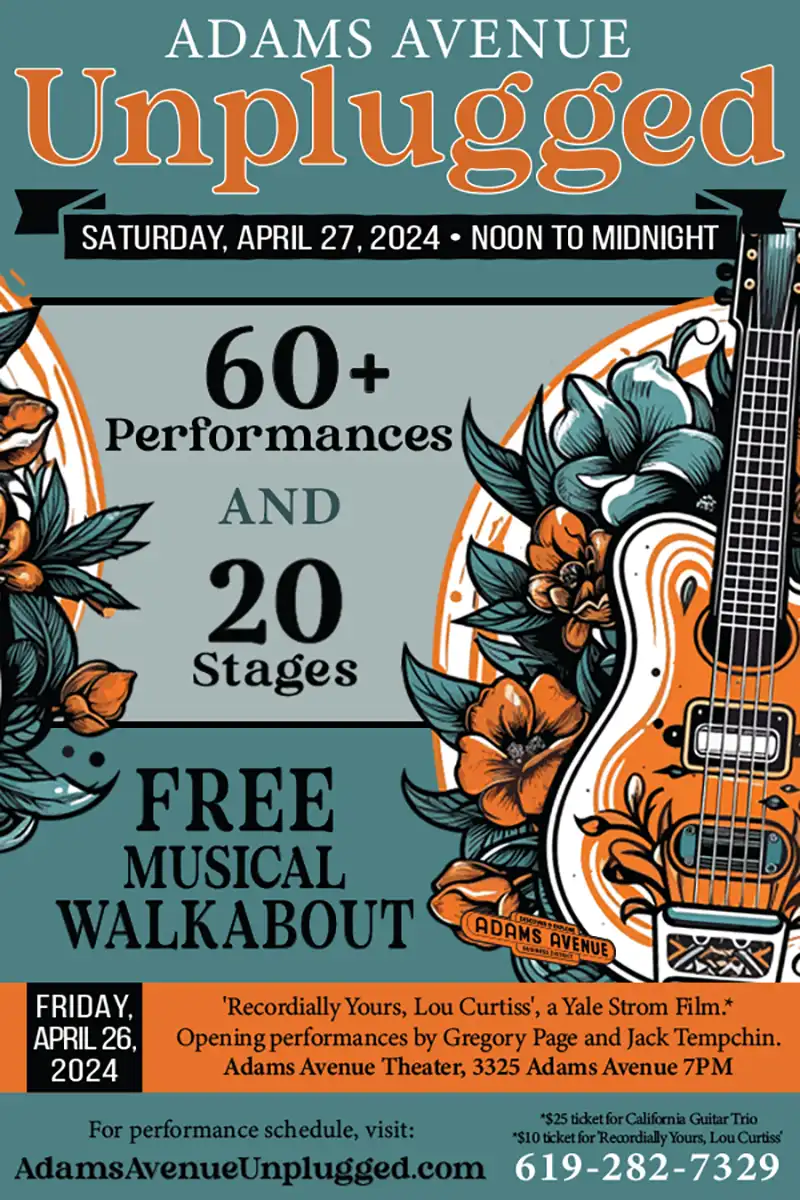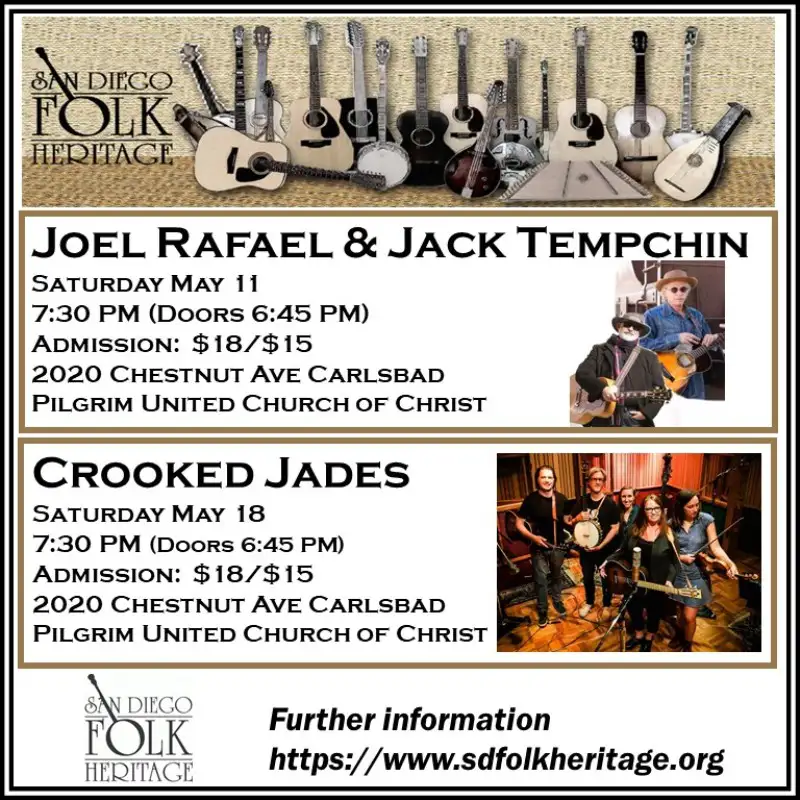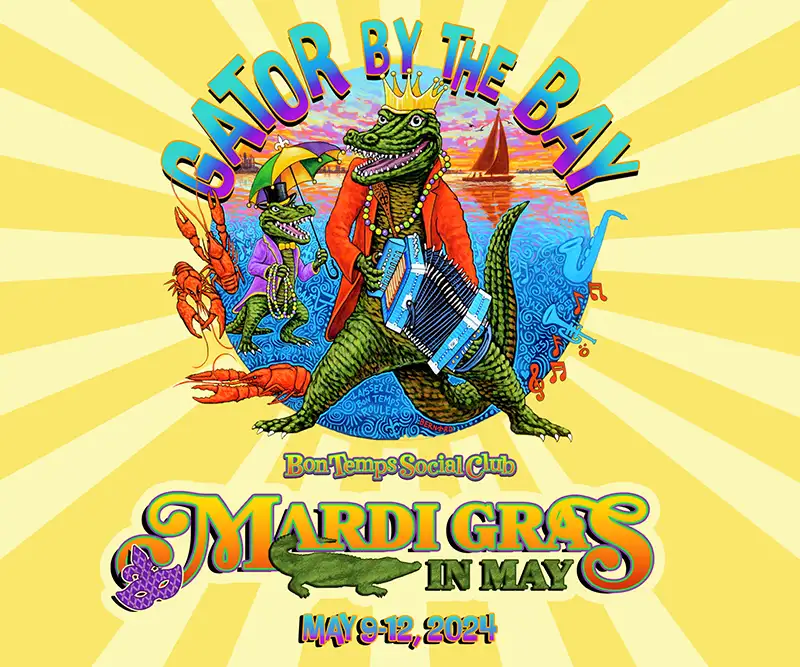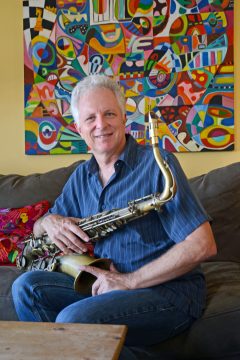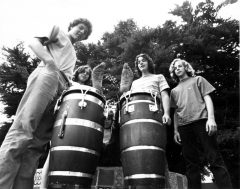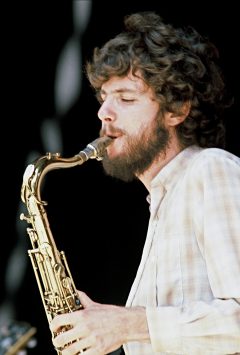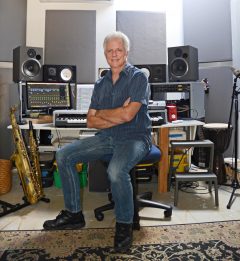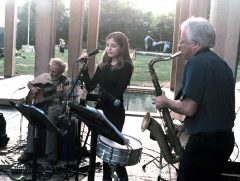Cover Story
Tripp (the Light Fantastic) Sprague
“I’ve been recording since I was a kid,” Tripp Sprague says as he looks around his recording and mixing studio. There is a look of curiosity and enthusiasm in his eye, as though he were seeing this studio of his creation for the first time. “I started out with a four-track cassette system, really primitive compared to what we work with now.” He smiles and takes another inquisitive look around the room. “I’ve come a ways since!”
Sprague built the studio in recent years, converting it out of part of his garage. He sits at a bench in front of an upright piano, the black lacquer sheen of its exterior shines in the subdued lighting of the studio. It is very quiet, and the light seems to come from everywhere and nowhere. There is something a little bit Twilight Zone in the atmosphere of the room; if Rod Serling were to appear suddenly and say, “Submitted for your approval,” I wouldn’t be surprised.
As Sprague speaks, his elbow occasionally rests on a piano key or two, producing an F# or Bb that accentuates what he’s saying. He is one of the best musicians in San Diego and one of a handful of top sax players in town. If you ask about his sound, the answer might be something along the lines of ‘well, it depends.’ When I’ve heard him play in settings that might be considered more traditional or straight-ahead jazz, there is more than a hint of Lester Young in the timbre he elicits from his sax. If the ensemble is more modern or electric, Sprague might tap into a more solid sound similar to that of Michael Brecker.
What distinguishes Tripp Sprague as a jazz soloist–and this is a quality he shares with his guitarist brother, Peter–is his ability to take a musical idea and develop it, to continually take the listener on a musical journey that can be at times intriguing, at times inspiring, and is most often delightful. When another player might rely on a tried and true (and, in some cases, shopworn) line or lick, Sprague will surprise with a melodic phrase. His solos contain the lyricism of Paul Desmond and the inventiveness that was heard in the saxophone of Phil Woods.
His mixing studio is immaculate, not a fleck of dust or stray scrap of paper anywhere. A blue electric guitar hangs in the corner with a pick twixt its strings; along another wall hangs an electric bass. In the corner are a pair of bongo drums. And of course there is a tenor saxophone at the ready. Square grey panels that look like mini mattresses hang along the walls and ceiling. Sprague explains that they are made of fiberglass and are intended to diminish the sound of the bass after it comes out of the speakers of the mixing board. He goes on to explain that this helps balance the sound for the person mixing a recording.
Taking up an end of the room and looking something like NASA mission control are the knobs and levers of the mixing board. A laptop computer rests on the console and looks to be registering likes and other social media staples on Facebook. “Mixing is something that I’ve gotten more involved with in the last three years,” says Sprague. “One thing that I like about it is the security of the work. I don’t have to wonder ‘where is the next gig coming from,’” he says. “I always have work to do in the studio. And it is something that I feel that I can work on at my leisure.”
Sprague is currently working on several mixing projects. Later that day he was meeting with composer Joe Garrison, the creative catalyst for the ensemble Night People, to work on a project. Other current mixing work is with singer and trombonist Dave Scott as well as Besos de Coco, the trio of Lorraine Castellanos, Evona Wascinski, and Claudia Gomez.
“The way I begin on a mixing project, I give the recording a listen, just to get a first impression. One thing that I obviously listen for is how well it was recorded,” Sprague says. He then starts his process of getting things to sound like a more cohesive recording. Though he has a whole bunch of knobs and buttons and he can alter the sound of a recording a great deal, he says the wizardry of the mixing board can only work with what has been captured in the original recording. So it prompts a smile when he hears musicians or recording engineers, obviously recognizing flaws in their work, say such things as, “We’ll fix in in the mix.”
Sprague admits that after working on something for several hours it is hard to be objective about what you hear, that he has to sometimes set something aside or listen to it afresh after a day. Besides the stability that it brings to his workweek, Sprague appreciates the art, science, and craft of what he does in his studio. “I just love it,” he says. “For me it’s creative and challenging. It’s something that you really have to work at. It’s a skill.”
Though he is in his mid- to late-fifties, Tripp Sprague retains an irrepressible youthful quality. The hair is mostly grey now, but he still has a lot of it and he combs the curly locks to one side. The father of two still surfs, which probably contributes to his obvious fitness. He has blue eyes and has one of the easiest manners of anyone I’ve met recently.
The Sprague family live in a well-apportioned home, with the subdued hues of southwestern furnishings and artwork, with a few striking pieces of color that accentuate the living and dining areas. It’s a warm autumn morning the day of my visit. As we step onto the back deck, hints of the morning chill refreshingly remain in the air, and Sprague shows off a beautiful view of Cowles Mountain. He mentions that the well-known hiking destination is the highest point in the city.
A carob tree stands to our left. Huge gnarly branches spread upward and hold a beautiful and angularly built tree house. Spying the structure, my inner eight-year-old is filled with envy and dreams of climbing inside for hours of playtime. “I built it for the kids,” Sprague says.
Sprague was born in Santa Monica and, as his family moved a bit when he was very young, lived in Colorado and Indiana. In 1963 the family settled in Del Mar. “We moved to Del Mar before Interstate Five went in. I remember going over the interstate before it was paved,” Sprague says.
Sprague says that his father and his love of jazz were part of his sonic learning experience. “Our father was a jazz buff. He worked as a sociologist in La Jolla, and he’d come home and listen to his records: Miles Davis, Coltrane, Dave Brubeck, Paul Desmond, and others. He played percussion, bongos. He wasn’t a professional musician, but he did gig with Dave Grusin,” he says.
Before music, the Sprague brothers discovered surfing, hitting the waves often after school or during summer vacation. Music came along soon afterward, Peter playing guitar and Tripp taking up the drums. When Tripp was ten and Peter 12, they formed a rock band with friends. This was the late sixties, the apotheosis of the rock age. The brothers played the best of the best, Cream, Jimi Hendrix, and other bands that thrived when amplifiers were big and loud and the world discovered that feedback was a gift from God.
Just a few years later, Sprague started to notice that his father’s record collection was actually, in reality, really cool. Both he and his brother started spinning the sides that their father had been putting on the platter for years. Sprague says, “I started playing sax. John Mayhall, the British blues musician had a sax player in his band, and I liked what he did.” His first horn was a tenor, his main instrument to this day. He soon picked up the alto sax and the flute as well.
He took lessons from Joe Marillo, the San Diego tenor man who was widely known in San Diego as Mr. Jazz. “My very first lesson,” Sprague laughs as he recalls his meeting with Marillo. “Joe showed me that I had the mouthpiece upside down!” Sprague demonstrates on the tenor, showing the impossible embouchure with the reed pointing up to the roof of his mouth.
Once he got the reed placed correctly on the saxophone, Sprague had assimilated the language of jazz from his father’s records so well and he proved to be such a quick learner, that the lessons with Marillo lasted only a few sessions. “After seeing him a few times, Joe told me that there really wasn’t any more he could show me,” Sprague says.
Jazz quickly became the music of the Sprague brothers. They found other young coastal North County folks who shared their enthusiasm. They started playing with bassist John Leftwich, pianist Rob Schniederman, and singer Kevyn Lettau. They also fell under the mentorship of the musicians in the band Stream, one of Joe Marillo’s musical units, which included guitarist Steve O’Connor. “They were really good to us and really looked out for us,” recalls Sprague. “We weren’t old enough to get into a lot of the places they played. But they would sometimes get us in the back door and tell us, ‘You know, if you sit over there and keep quiet, the club owners might let you stay.’”
While still at San Dieguito High School, Tripp and Peter dropped in to Butch Lacy’s jazz theory class at UCSD. “That’s where we got all the theory behind playing jazz, what scale you’re using when you hit up on this kind of chord and that sort of thing.” Sprague says.
Other than the few lessons with Marillo and what he gleaned from his time in the jazz theory class, Sprague is entirely self-taught. “Basically all learning is teaching yourself,” he says. “In order to learn anything, you have to be motivated. If anybody is motivated enough he or she will find a way to teach themselves anything.”
Sprague explains that he is a very focused person. To demonstrate, he picks up one of his instruments, a chromatic harmonica, an instrument that is very difficult to play and almost impossible to master. It is a maddening system of remembering whether to blow or draw or push a button and blow or draw. It sounds simple, but it soon gets as complicated as herding cats. “While I had some time off, I taught myself all the scales on the harmonica,” he says. Flawlessly, going from C to C#, D to D#, Sprague runs through Do Re Me Fa So La Te Do, again and again, navigating blow, draw, button, draw, blow, button.
When it comes to his saxophone playing, Sprague rattles off a list of some obvious jazz giants who have influenced him. “Coltrane had amazing stamina, and of course he practiced endlessly,” he says. Sprague also admires Stan Gets for his great tone that he achieved with a hard reed. “Michael Brecker, I love the excitement he brought to the tenor sax, also his skill at breaking all ‘scale over chord’ rules! He could make any note sound great! And Sonny Rollins could be very thematic with his improvisation”
When Sprague mentioned the thematic sense of Sonny Rollins’ playing, I said that this was what I admired about his solos, his ability to take an idea and develop it. “A lot of musicians have their riffs and lines, and they just pull them out the same ones over and over,” he says. “For me, I play what I hear in my head. I think of a solo as a gift to the listener; so I want to offer them something new and fresh.”
He plays his solos within a context. For example, if Tripp is performing with his brother, and Peter ends his guitar solo with a barrage of 64th note arpeggios, Tripp will offer the listeners a contrast by starting his solo with phrases of long notes. “And of course I’m listening to the rhythm section. We’re all speaking the musical language,” he says.
One thing that is noticeable as you look back on all the different projects that Sprague has involved himself with over the years, is that he is often part of a musical unit or working as a sideman, rarely fronting his own group. “I guess that’s something that I’m very comfortable with,” he says. “Early on, I guess I just got comfortable with the idea that Peter was the one to go out and get the gigs
“Being a couple old farts, we both complain that life was better way back when. Back in the eighties you could wind up getting gigs where you could be playing a club five nights a week for two months. You certainly don’t see that anymore,” Sprague says. Indeed, 30 years ago, if you followed music at all in San Diego, it was almost impossible not to wind up at a club without Tripp, as well as his brother Peter. These were the days when the Summerhouse Inn and Elario’s had jazz several nights a week. KPBS had its show Club Date, which featured great national as well as local jazz talent. “You can still play,” Sprague says. “But it’s more one-off shows or concerts now.”
Sprague teaches, though he admits that the routine of nursing someone slowly along through weekly lessons doesn’t thrill him. He says that he’s more prone to giving students a challenging set of of scales and theory and asking them to get back to him when they have shown sufficient progress.
For the last 20 years or so Sprague has been a member of Blurring the Edges, an ensemble that taps into both the classical tradition and jazz idiom. A new venture for him is playing in a rock band, Sully and the Blue Eyed Soul. He enjoys the band, though he admits that he has to toss out a lot of what he’s used to when he plays jazz. “I’ve found that it’s better to go for the guitar sound, maybe just play one note but bend it all over the place,” he says. “And it’s not entirely outside my experience. Michael Brecker, who influenced me a lot when I first started playing, has said that he was influenced a lot by rock guitar players.”
He is also involved with the Steely Damned, a 12-piece Steely Dan tribute band. Although the ensemble is a pop vehicle, it offers a lot of sonic richness when it reproduces all those Fagan and Becker polychords and interesting arrangements. “It’s a great band with a sophisticated sound. I play keyboards in it. There is a big emphasis on playing things just like what is on the records, but we do take a few liberties here and there,” Sprague says.
Sprague’s daughter, Kate, is a musician, a singer, and has performed at Croce’s. There is a YouTube video of her when she is about 12 singing “Route 66.” There is the obvious cuteness factor of a 12-year-old fronting a five-piece of the best musicians in town, but the phrasing is there, and she does way more than just carry the tune. And she even scats for a couple verses.
Wrapping up our interview, I take another look around the studio, with the keyboards, harmonica, recording and mixing, the flute, and, of course, the saxophone–everything that Tripp Sprague has mastered. “You can learn anything,” he says. “You just have to be motivated enough to teach yourself.”


